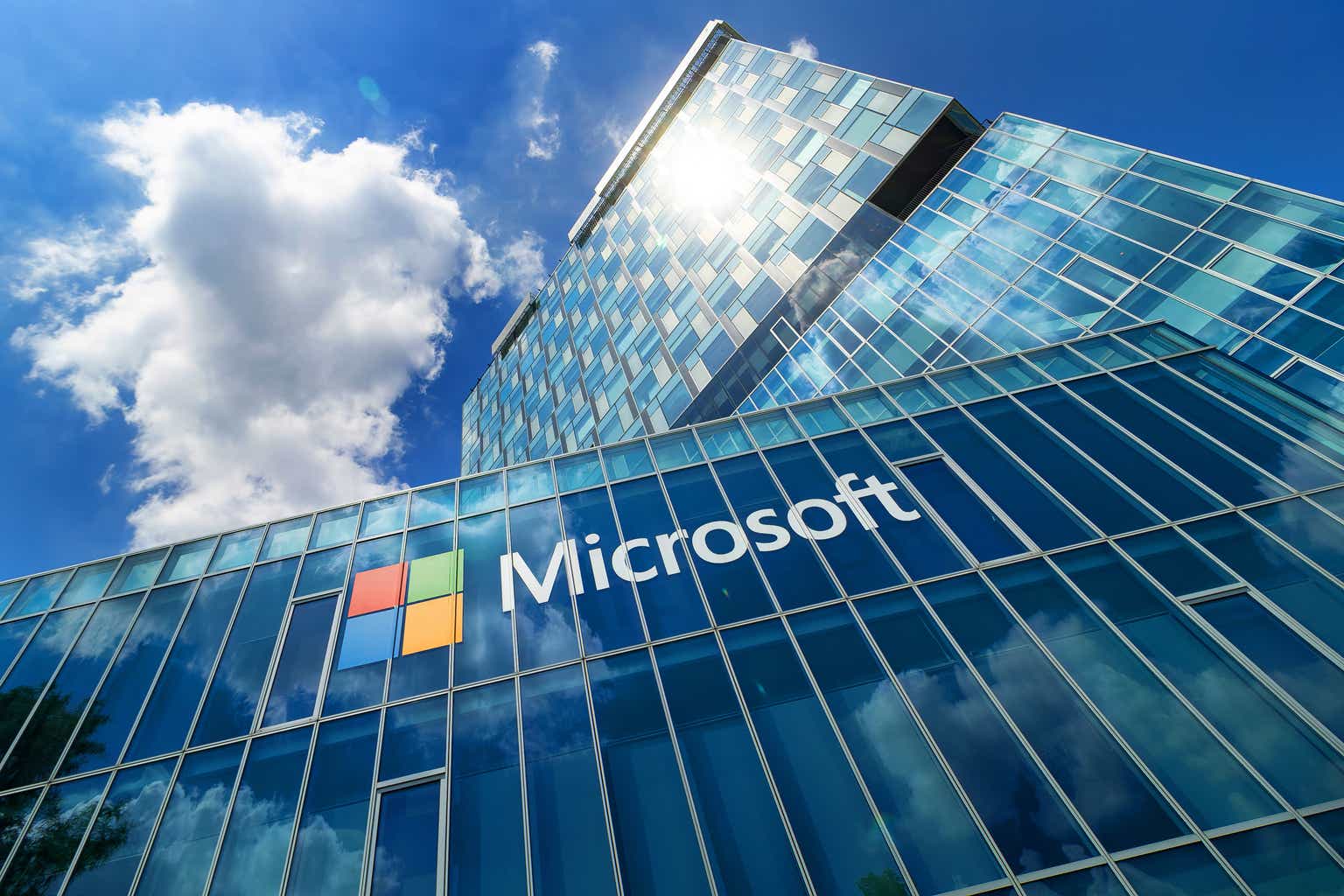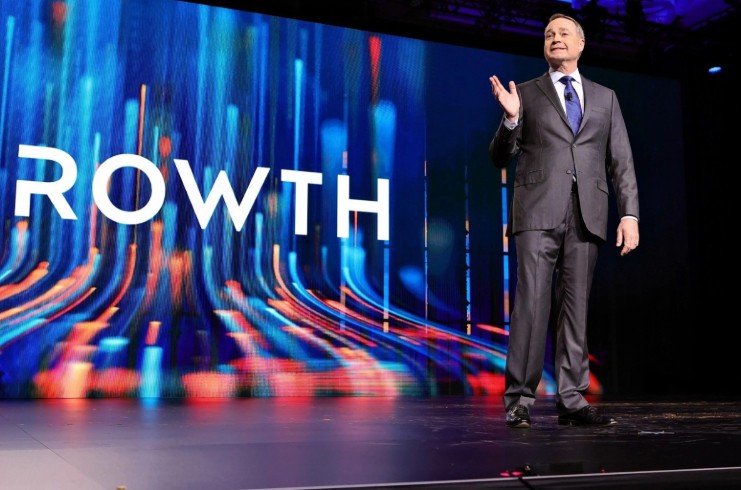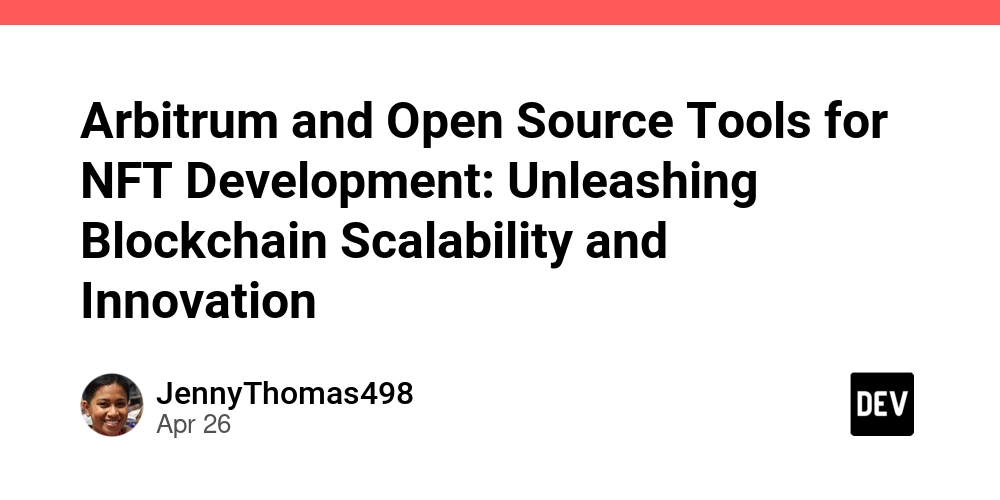The Convergence of Blockchain Security, NFTs, and Open Source Funding
Abstract This post explores the convergence of blockchain security, NFTs, and open source funding, revealing how these pillars support the decentralized future. We dive into the evolution of blockchain technology, examine scalable solutions like Arbitrum’s optimistic rollups, discuss innovative NFT security measures, and shed light on sustainable funding models for open source projects. Readers will gain insights into the technical details, real-world use cases, challenges, and future trends reshaping digital ecosystems. Introduction Blockchain technology has evolved from a niche for digital currencies into a robust infrastructure that nurtures decentralization, transparency, and security. Its influence spans diverse applications, from secure transactions in finance to the digital art revolution of NFTs. With the rise of secure smart contracts and decentralized funding models, open source projects are being empowered to innovate and withstand the challenges of modern cyber threats. In this post, we take a deep dive into these interwoven topics, blending technical depth with accessible language to reveal their impact on the digital future. Background and Context Blockchain emerged as a revolutionary distributed ledger technology, best known through Bitcoin in 2009 and later Ethereum in 2015. This technology leverages cryptography and decentralized consensus mechanisms to ensure that data is permanent, authentic, and tamper-resistant. In the early days, the focus was primarily on security and immutability. However, as blockchain matured, additional layers such as scalability and user-friendly applications came to the forefront. The introduction of optimistic rollups—a Layer 2 scaling technique championed by platforms like Arbitrum—has dramatically improved transaction throughput while maintaining a high level of security. Rolling transactions off-chain and periodically settling them on the main chain helps reduce congestion and transaction fees without sacrificing transparency. Simultaneously, the NFT (Non-Fungible Token) explosion has transformed digital ownership, creating unique and verifiable assets on the blockchain. Yet, with the growth in NFT adoption come significant security challenges such as phishing, smart contract bugs, and fraudulent marketplaces. As a result, securing NFTs has become just as critical as maintaining the underlying blockchain infrastructure. Open source projects in the blockchain space further benefit from community collaboration and peer-reviewed code. Open source funding—ranging from venture capital investments, corporate sponsorships, to community crowdfunding—ensures continuous innovation and rapid response to security vulnerabilities. This open model of development promotes transparency and resilience, which are essential in today’s rapidly evolving digital environment. Core Concepts and Features Decentralization and Cryptography At the core of blockchain lies decentralization. Instead of relying on a single centralized authority, blockchain uses a distributed network of nodes to store and validate data. This enhances fault tolerance and reduces vulnerabilities caused by single points of failure. Cryptographic techniques, including hash functions and digital signatures, secure the data and ensure any attempt at alteration is quickly detected. Consensus Mechanisms and Optimistic Rollups Consensus protocols play a crucial role in verifying transactions. Whether it is Proof of Work (PoW) or Proof of Stake (PoS), these mechanisms guarantee that all participants agree on the state of the ledger. Arbitrum further augments this process with its optimistic rollups. In this model, transactions are executed off-chain and submitted to the main chain only with proofs of validity, facilitating faster confirmations while safeguarding data integrity. Smart Contracts and Security Audits Smart contracts automate complex operations on the blockchain. However, their code must be flawless to prevent exploits. Regular smart contract audits are essential for identifying vulnerabilities and ensuring that errors do not compromise the system. These audits, alongside formal verification techniques, are vital in upholding the reliability of blockchain applications. NFT Security Innovations NFTs represent unique digital assets, inherently different from fungible tokens. Securing NFTs requires: Authenticity Verification: Blockchain’s immutable ledger confirms the originality and ownership of each NFT. Regular Audits: Comprehensive audits ensure smart contract vulnerabilities are minimized. User Wallet Security: As transactions are conducted in digital wallets, enhanced security measures are crucial to protect user identities and assets. For a more detailed discussion on these measures, refer to NFT Security. Open Source Funding Models Funding is the backbone of continuous blockchain innova

Abstract
This post explores the convergence of blockchain security, NFTs, and open source funding, revealing how these pillars support the decentralized future. We dive into the evolution of blockchain technology, examine scalable solutions like Arbitrum’s optimistic rollups, discuss innovative NFT security measures, and shed light on sustainable funding models for open source projects. Readers will gain insights into the technical details, real-world use cases, challenges, and future trends reshaping digital ecosystems.
Introduction
Blockchain technology has evolved from a niche for digital currencies into a robust infrastructure that nurtures decentralization, transparency, and security. Its influence spans diverse applications, from secure transactions in finance to the digital art revolution of NFTs. With the rise of secure smart contracts and decentralized funding models, open source projects are being empowered to innovate and withstand the challenges of modern cyber threats. In this post, we take a deep dive into these interwoven topics, blending technical depth with accessible language to reveal their impact on the digital future.
Background and Context
Blockchain emerged as a revolutionary distributed ledger technology, best known through Bitcoin in 2009 and later Ethereum in 2015. This technology leverages cryptography and decentralized consensus mechanisms to ensure that data is permanent, authentic, and tamper-resistant. In the early days, the focus was primarily on security and immutability. However, as blockchain matured, additional layers such as scalability and user-friendly applications came to the forefront.
The introduction of optimistic rollups—a Layer 2 scaling technique championed by platforms like Arbitrum—has dramatically improved transaction throughput while maintaining a high level of security. Rolling transactions off-chain and periodically settling them on the main chain helps reduce congestion and transaction fees without sacrificing transparency.
Simultaneously, the NFT (Non-Fungible Token) explosion has transformed digital ownership, creating unique and verifiable assets on the blockchain. Yet, with the growth in NFT adoption come significant security challenges such as phishing, smart contract bugs, and fraudulent marketplaces. As a result, securing NFTs has become just as critical as maintaining the underlying blockchain infrastructure.
Open source projects in the blockchain space further benefit from community collaboration and peer-reviewed code. Open source funding—ranging from venture capital investments, corporate sponsorships, to community crowdfunding—ensures continuous innovation and rapid response to security vulnerabilities. This open model of development promotes transparency and resilience, which are essential in today’s rapidly evolving digital environment.
Core Concepts and Features
Decentralization and Cryptography
At the core of blockchain lies decentralization. Instead of relying on a single centralized authority, blockchain uses a distributed network of nodes to store and validate data. This enhances fault tolerance and reduces vulnerabilities caused by single points of failure. Cryptographic techniques, including hash functions and digital signatures, secure the data and ensure any attempt at alteration is quickly detected.
Consensus Mechanisms and Optimistic Rollups
Consensus protocols play a crucial role in verifying transactions. Whether it is Proof of Work (PoW) or Proof of Stake (PoS), these mechanisms guarantee that all participants agree on the state of the ledger. Arbitrum further augments this process with its optimistic rollups. In this model, transactions are executed off-chain and submitted to the main chain only with proofs of validity, facilitating faster confirmations while safeguarding data integrity.
Smart Contracts and Security Audits
Smart contracts automate complex operations on the blockchain. However, their code must be flawless to prevent exploits. Regular smart contract audits are essential for identifying vulnerabilities and ensuring that errors do not compromise the system. These audits, alongside formal verification techniques, are vital in upholding the reliability of blockchain applications.
NFT Security Innovations
NFTs represent unique digital assets, inherently different from fungible tokens. Securing NFTs requires:
- Authenticity Verification: Blockchain’s immutable ledger confirms the originality and ownership of each NFT.
- Regular Audits: Comprehensive audits ensure smart contract vulnerabilities are minimized.
- User Wallet Security: As transactions are conducted in digital wallets, enhanced security measures are crucial to protect user identities and assets.
For a more detailed discussion on these measures, refer to NFT Security.
Open Source Funding Models
Funding is the backbone of continuous blockchain innovation. Various channels ensure projects have the financial support necessary to maintain and enhance their systems. These include:
- Venture Capital and Corporate Sponsorships: Prominent companies often invest in blockchain initiatives, reinforcing technology with robust funding.
- Grants and Bounties: Community organizations and foundations often offer financial incentives to developers to discover vulnerabilities.
- Crowdsourced Contributions: Platforms enable community members to donate or invest in projects, ensuring a sustainable source of funding without relying solely on large institutions.
For deeper insights on these funding mechanisms, visit Funding for Blockchain Security Projects.
Overlapping Synergies
Integration of these core components produces a synergistic effect:
- Combining on-chain and off-chain security (layered security models) greatly enhances overall protection.
- Community-driven innovation ensures continuous audit and improvement cycles.
- Automated security tools benefit both blockchain networks and NFTs, ensuring real-time monitoring and vulnerability detection.
Below is a table summarizing the key interrelations:
| Core Concept | Key Features | Impact |
|---|---|---|
| Decentralization | Distributed ledger, removal of single point failures | Enhances resilience and transparency |
| Cryptography | Hash functions, digital signatures | Secures data integrity |
| Consensus Mechanisms | PoW, PoS, Optimistic Rollups | Ensures reliable transaction validation |
| Smart Contracts | Automation, governance, regular audits | Minimizes risks and streamlines operations |
| NFT Security | Authenticity checks, smart contract audits, wallet management | Protects digital asset integrity |
| Open Source Funding | VC investments, grants, crowdsourced contributions | Stimulates continuous innovation |
In addition to these technical aspects, there is an essential economic dimension where open source funding transforms the way blockchain projects and security measures are sustained.
Applications and Use Cases
Financial Systems and Supply Chain Management
Blockchain’s robust security makes it ideal for modern financial systems and supply chain management:
- Secure Financial Transactions: Using cryptographic security and decentralized consensus reduces the risk of fraudulent activities.
- Supply Chain Traceability: Immutable records allow companies such as Walmart to track products through the supply chain, ensuring authenticity and reducing fraud.
- Enhanced Transaction Throughput: With solutions like Arbitrum’s optimistic rollups, financial systems can process high volumes of transactions quickly and cost-effectively.
Digital Art and NFT Marketplaces
The digital art sector has embraced NFTs to revolutionize ownership:
- Verifiable Provenance: Blockchain validates the history and ownership of digital art.
- Marketplace Efficiency: Platforms such as OpenSea and Rarible use automated payment systems powered by smart contracts, resulting in more transparent and secure transactions.
- Security Measures: Regular NFT audits protect both creators and collectors from scams and vulnerabilities.
Open Source Community Projects
Open source projects thrive on collaboration and transparency:
- Global Collaboration: By sharing code publicly, projects undergo continuous peer review, resulting in rapid identification and resolution of vulnerabilities.
- Diverse Funding Models: Community funding models—detailed further in Funding for Blockchain Security Projects—ensure sustainable development even during economic down cycles.
- Automated Security Tools: Continuous integration of security audits and testing helps open source projects remain robust against evolving threats.
Key Benefits for Open Source Projects:
- Transparency: Public review processes build trust.
- Resilience: Automated safeguards and community vigilance reduce downtime.
- Sustainability: Diversified funding sources support persistent innovation.
For additional perspectives on open source funding and its importance, read Open Source Funding Success Stories: A Path to Sustainable Innovation.
Challenges and Limitations
Despite these promising advances, several challenges remain:
Technical Challenges
- Scalability Issues: Although Layer 2 solutions like Arbitrum improve throughput, high network demand can still lead to congestion and high fees.
- Smart Contract Vulnerabilities: Even with regular audits, complex smart contracts may harbor unforeseen bugs or exploits.
- Interoperability: Integrating various blockchain platforms in a secure and seamless manner continues to be a challenge.
Economic and Adoption Limitations
- User Adoption: The technical complexity of managing private keys and wallets can be a barrier for non-technical users.
- Implementation Costs: Advanced security and regular audits require significant investment, which may be challenging for smaller projects.
- Regulatory Hurdles: As blockchain garners more attention, evolving regulatory frameworks could impose additional compliance costs and operational risks.
Operational and Community Issues
- Decentralized Decision Making: Coordination across a global community can lead to slower decision-making and conflict over governance.
- Funding Fluctuations: Open source projects depend on consistent funding, and economic downturns or shifts in investor sentiment may impact resource allocation.
- Emerging Threats: With rapid advancements in technology, new forms of cyberattacks and threats constantly emerge, requiring continuous adaptation and updates.
Below is a bullet list summarizing these challenges:
- Scalability concerns
- Smart contract vulnerabilities
- User adoption barriers
- High implementation costs
- Regulatory uncertainties
For further insights into these limitations, consider reading Scaling Ethereum with Arbitrum: Transforming Blockchain Scalability for a Decentralized Future.
Future Outlook and Innovations
The future of blockchain security and NFTs is filled with promising innovation. Some anticipated trends include:
Advanced Consensus and Security Protocols
Researchers and developers are exploring new hybrid consensus models that combine the benefits of PoW and PoS with modern cryptographic techniques like zero-knowledge proofs. These enhancements aim to counter emerging threats, including those posed by quantum computing.
Integration of Artificial Intelligence
AI solutions are poised to bolster blockchain security by monitoring networks, identifying anomalies, and streamlining audits. Integrating AI with blockchain data analytics can foster predictive maintenance and automate threat response.
Enhanced Interoperability and Cross-Chain Solutions
Efforts to build robust cross-chain solutions will enable seamless data transfer between different blockchain networks, reducing the risk of vulnerabilities and enhancing overall system coherence. Innovations here include improved protocols that allow Layer 2 solutions like Arbitrum's optimistic rollups to interact securely with other platforms.
Evolution of NFT Ecosystems
The NFT domain is set to mature with better digital identity protocols, more secure smart contracts, and improved marketplace standards. These changes will reduce the risks of scams and fraudulent transactions while establishing robust frameworks for digital asset provenance.
Open Source Funding and Community Governance
Emerging trends in funding models could include decentralized autonomous organizations (DAOs) and innovative collaboration platforms. These models allow for a more distributed and transparent allocation of resources, ensuring that open source projects continue to thrive and adapt to new challenges.
For a broader perspective on blockchain and open source innovation, check out Blockchain and Open Source: A New Dawn of Innovation and Embracing the Future: NFTs as a Game Changer in Open Source Rewards.
Summary
In conclusion, the convergence of blockchain security, NFT protection, and open source funding represents a critical nexus for the future of decentralized technology. The combination of robust cryptographic safeguards, innovative scaling solutions like optimistic rollups, and sustainable funding mechanisms empowers not only finance and digital art sectors but also supports the broader ecosystem of open source development.
Key takeaways include:
- Decentralization and cryptography form the backbone of secure blockchain networks.
- Optimistic rollups enhance transaction throughput while upholding data integrity.
- NFT security measures are evolving to prevent scams and safeguard unique digital assets.
- Open source funding models—through VC investments, grants, and community contributions—ensure continuous innovation and resilience.
As challenges such as scalability, regulatory pressures, and emerging threats persist, ongoing collaboration, technological advancement, and creative funding solutions promise to steer blockchain technology toward a more secure, efficient, and inclusive future.
For additional information on securing blockchain projects, NFT innovations, and open source funding strategies, visit our Original Article. Also, explore authoritative resources like those found on NFT Security and Fundamentals of Blockchain Data Integrity.
Additional Resources
- Arbitrum Rollups
- Arbitrum and Smart Contract Audits
- Funding for Blockchain Security Projects
- Scaling Ethereum with Arbitrum: Transforming Blockchain Scalability for a Decentralized Future
- Open Source Funding Success Stories: A Path to Sustainable Innovation
Keywords: blockchain security, NFTs, open source funding, decentralization, optimistic rollups, smart contracts, transparency, scalability, digital asset security, community funding.
This holistic exploration highlights how the convergence of blockchain security, NFTs, and open source funding is not just a trend but a foundational shift in the way digital ecosystems operate—driving innovation, trust, and sustainability in the decentralized future.










































































